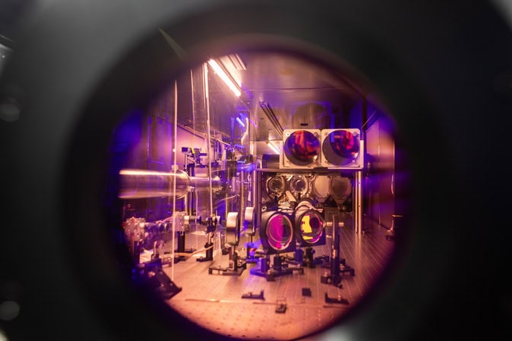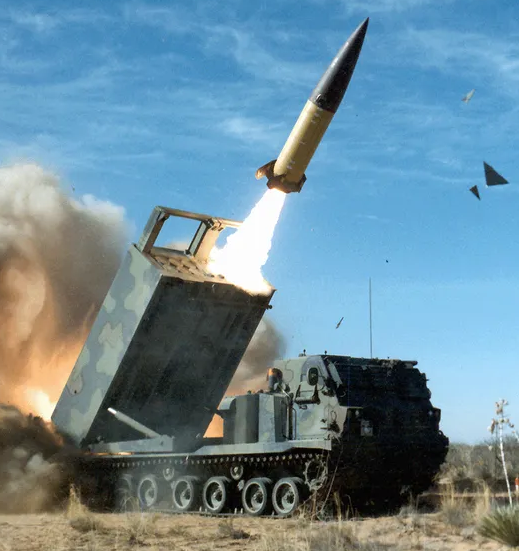Aim it at Epstein island
The laser produced power? How do we harness that so we can power the world with lasers? 🤔
It’s no different than an engine producing power. I think you are confusing it with “energy”.
No the laser didn’t produce anything the laser is powered by a power source, and that power source produced that much energy.
It’s like saying that an ultrasonic saw produces power, no it doesn’t, you already have to have that power to feed into the ultrasonic saw.
The laser didn’t generate 2 quadrillion watts like a power plant would generate electricity, but it delivered that much power in an extremely short pulse, like 20 quadrillionths of a second.
That means the energy it delivered was relatively small (a few hundred joules), but because it was delivered in such a tiny time window, the power (which is energy per unit time) was immense.
The laser did produce power, in the form of intense light and heat, over a very small time period. It converted 2 quadrillion watts of electric energy into a very brief laser pulse.
That’s not strictly true.
Chemical lasers absolutely generate their own power, you’re thinking of electro-optically excited lasers.
Edit 2: Eheran pointed out I screwed up the math. Correct total energy output is 13μWh. A very, very, very small amount of energy.
(2x1015 W) * (25s/1x1018) * (1 h/ 3600 s) = 13μWh
Previous bad math:
spoiler
The key thing here is the burst lasted for “25 quintillionths of a second long”. Meaning it had a total output energy of 180 W/h, or how much energy a standard US space heater (1.5KW) outputs if it was on for 7.2 minutes.That is a pretty impressive amount of power coming in instantly to a small spot. Would leave basically zero time for it to dissipate into surrounding materials.Edit: Fixed the math. (I hope)(2x1015 W) * (25/1x1018 s) * (3600 s / 1 h) = 180W/hYou multiply seconds with seconds per hour and somehow get “per hour” as the final result? But even ignoring that error, what is W/h supposed to be? Rate of change of power?
You multiply seconds with seconds per hour and somehow get “per hour” as the final result? But even ignoring that error, what is W/h supposed to be? Rate of change of power?
Also, it is a small k for kilo and you don’t write it as 4.31018[unit]. Just 4.310^18 [unit]. Or 4.3E18 [unit].
Crap, you are right, units should be in Wh not W/h and as a result I put the conversion to hours backwards. Well, that turns the whole thing from an impressive amount of energy to basically none!
could this boil one molecule of water?
That’s 25 attoseconds, no?.. If so, that’s impressive.
The power record holder right now is the Măgurele laser in Romania, at 10 PW, but it lasts a thousand times longer, at 25 femtoseconds I believe. I can’t find clear info on pulse duration anywhere. They do intend to decrease pulse durations it seems.
I have a decent grasp of physics but I understand nothing at all about this article. Melp me out, please?
What use is a high energy beam that last for an almost immeasurably short period of time? How can it even be said that it has this power output, in such a short time?
“Zero-POW!-zero” sounds unbelievable to normal humans. No ramp-up? No sizzling out?
On such a short time scale, what’s the actual Wh used? It can’t be very much, so the actual energy delivered can hardly do anything at all, either.
And finally, what’s even the point of this? What’s the purpose? What’s the end goal? Why?
many possible applications, including better imaging methods for soft tissues and advancing the technology used to treat cancer
I don’t see how that works out.
Thank you for indulging me. I appreciate any responses.
It has a lot of value.
Firstly, we use lasers to measure chemical reactions, this one could increase resolution and potentially be used to trigger or shape the reaction.
Secondly, it could be a path towards laser-induced fusion which is kind of important.
Finally, modrrn chips are fabricated using something called an extreme-UV process, that uses sputtered tin hit with a multiple precision laser pulses. This could be used to refine that process further.
The article linked to a list of applicable research. https://news.engin.umich.edu/2019/09/most-powerful-laser-in-the-us-to-be-built-at-michigan/





